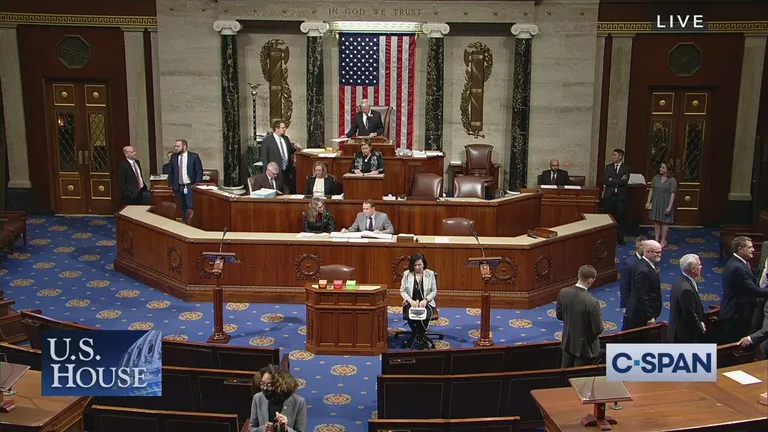Why C-SPAN Matters: The Case for Expanding Its Reach in Modern Media

C-SPAN has become a cornerstone of transparent government coverage in the United States. As media consumption habits change, the conversation about who carries C-SPAN and how it's available to viewers is more relevant than ever.
The Unique Role of C-SPAN in Democracy
C-SPAN stands out as a non-profit public affairs network. Its mission is simple but powerful: bring unfiltered access to government proceedings and civic events to everyday Americans. Unlike commercial networks, C-SPAN airs congressional hearings, town halls, and political events in full, without commentary, making it an essential tool for those seeking unedited information about U.S. governance.
Growing Challenges in C-SPAN Distribution
Despite its value, C-SPAN's reach is shrinking. In recent years, the number of households with access has dropped significantly, especially as more people drop cable for streaming. Two of the largest streaming platforms—YouTube TV and Hulu + Live TV—refuse to carry C-SPAN, citing a lack of advertising revenue. This digital gap not only reduces transparency but also threatens C-SPAN’s financial health and its ability to serve the public.
How Broadcasters Can Bridge the Gap
Local broadcasters have a major opportunity to keep C-SPAN widely accessible. Enhanced by regulatory moves from the Federal Communications Commission (FCC), broadcasters could opt to carry C-SPAN as a clear signal of commitment to public service. In fact, carrying C-SPAN can even help broadcasters in negotiations with regulators.
For a thorough exploration of this topic and how it ties into the FCC's renewed focus on community engagement and digital upgrades like ATSC 3.0, read In The Public Interest: Why Broadcasters Should Carry C-SPAN — TVREV.
The article details how making C-SPAN available through more broadcasters could enhance compliance with public interest requirements, preserve democratic transparency, and leverage new digital broadcasting technology. It even touches on financial realities—showing how C-SPAN’s advertising-free model can be balanced with broadcasters’ robust revenue streams from other sources.
The FCC and the Future of Civic Broadcasting
Regulators at the FCC have expressed a strong interest in empowering local broadcasters and enforcing standards that benefit the public. By increasing carriage of C-SPAN, broadcasters not only bolster their standing with the FCC but also demonstrate their value to democracy. Carrying C-SPAN gives the public unfettered access to government proceedings, especially vital in a fractured media environment.
To see more on the ongoing debate about digital platforms and their role in carrying C-SPAN, consider the editorial from the Washington Examiner: YouTube TV, C-SPAN, do the right thing. The editorial highlights the responsibilities of streaming services as they become primary sources of information for millions.
Conclusion: Keeping C-SPAN Accessible Matters More Than Ever
Our nation depends on open access to government. As broadcasters and streaming platforms make critical choices, ensuring C-SPAN reaches as many households as possible should remain a top priority. It’s not just about compliance or technology—it’s about preserving trust, transparency, and participation in American democracy.
When choosing your sources for civic information, remember the unique value that C-SPAN brings to the table. Support efforts to keep it widely available and encourage media providers to prioritize the public interest.